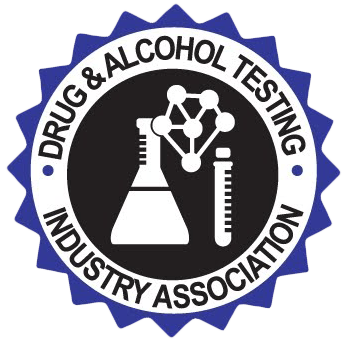
What are Benzodiazepines?
Benzodiazepines are a class of psychoactive drugs commonly prescribed to manage a range of conditions, including anxiety disorders and insomnia. Benzodiazepines work by enhancing the activity of a neurotransmitter called gamma-aminobutyric acid (GABA) in the brain. This aids in reducing excessive neuronal activity, leading to a calming effect on the central nervous system.
What are the effects/side effects?
When used as prescribed, benzodiazepines can be effective in managing symptoms associated with anxiety and other conditions. They can help alleviate symptoms such as panic attacks, muscle spasms, and insomnia. However, these drugs also carry the risk of side effects and potential for misuse.
Common side effects of benzodiazepines may include:
• Drowsiness
• Dizziness
• Confusion
• Impaired coordination
• Blurred vision
Prolonged use or misuse of benzodiazepines can lead to:
• Tolerance
• Dependence
• Addiction
Abrupt discontinuation of benzodiazepines after long-term use can result in withdrawal symptoms such as:
• Anxiety
• Insomnia
• Irritability
• Seizures
How does it appear?
The use of benzodiazepines can lead to signs such as drowsiness, slurred speech, impaired coordination, slowed reflexes, and a sedated appearance with drooping eyelids and reduced focus. This may result in users appearing sleepy and less alert, having difficulty speaking clearly, experiencing challenges in motor coordination and movement, delayed responses to stimuli, and exhibiting lethargy with reduced energy and alertness.
Can you test for it?
Various methods are available to test for the presence of benzodiazepines in a person’s system:
Hair Tests: Benzodiazepinescan be detected in hair for an extended period usually 90 days – 12 months making it useful for long-term drug use monitoring.
Urine Tests: Urine tests can detect Benzodiazepines for approximately 3-7 days after use.
Saliva Tests: Benzodiazepines can typically be detected in saliva for 1-10 days after use.
Blood Tests: Benzodiazepines can usually be detected in the blood for 6-48 hours after use.
Benzodiazepines, while having legitimate medical uses, also pose a risk for misuse and abuse. Understanding what benzodiazepines are, their effects and side effects, how a person using them might appear, and the available testing methods can contribute to informed decisions about their use. It’s crucial to approach benzodiazepines with caution, particularly in cases where they are used outside of prescribed medical treatment, to mitigate potential health risks and ensure overall well-being.
Impact in the Workplace
The misuse of benzodiazepines can significantly impact an individual’s well-being, with implications that extend to various facets of their life, including their professional performance. Research conducted by Roche, Pidd, and Kostadinov (2016) highlighted a notable correlation between drug abuse and increased workplace absenteeism, resulting in an annual loss of approximately 2.5 million workdays. This substantial figure translates to a significant financial setback of $680 million for the Australian workforce.
To address this issue effectively, workplaces are encouraged to establish comprehensive DOA policies that incorporate education, prevention, and various testing. Brassets Group is firmly committed to collaborating with clients in developing and implementing robust Drug and Alcohol Management strategies that include the utilisation of the previously discussed testing methods. These measures aim to ensure a safer and more productive work environment, safeguarding the long-term health and performance of employees.
Reference:
Roche, A., Pidd, K. and Kostadinov, V. (2016), Alcohol- and drug-related absenteeism: a costly problem. Australian and New Zealand Journal of Public Health, 40: 236-238. https://doi.org/10.1111/1753-6405.12414











